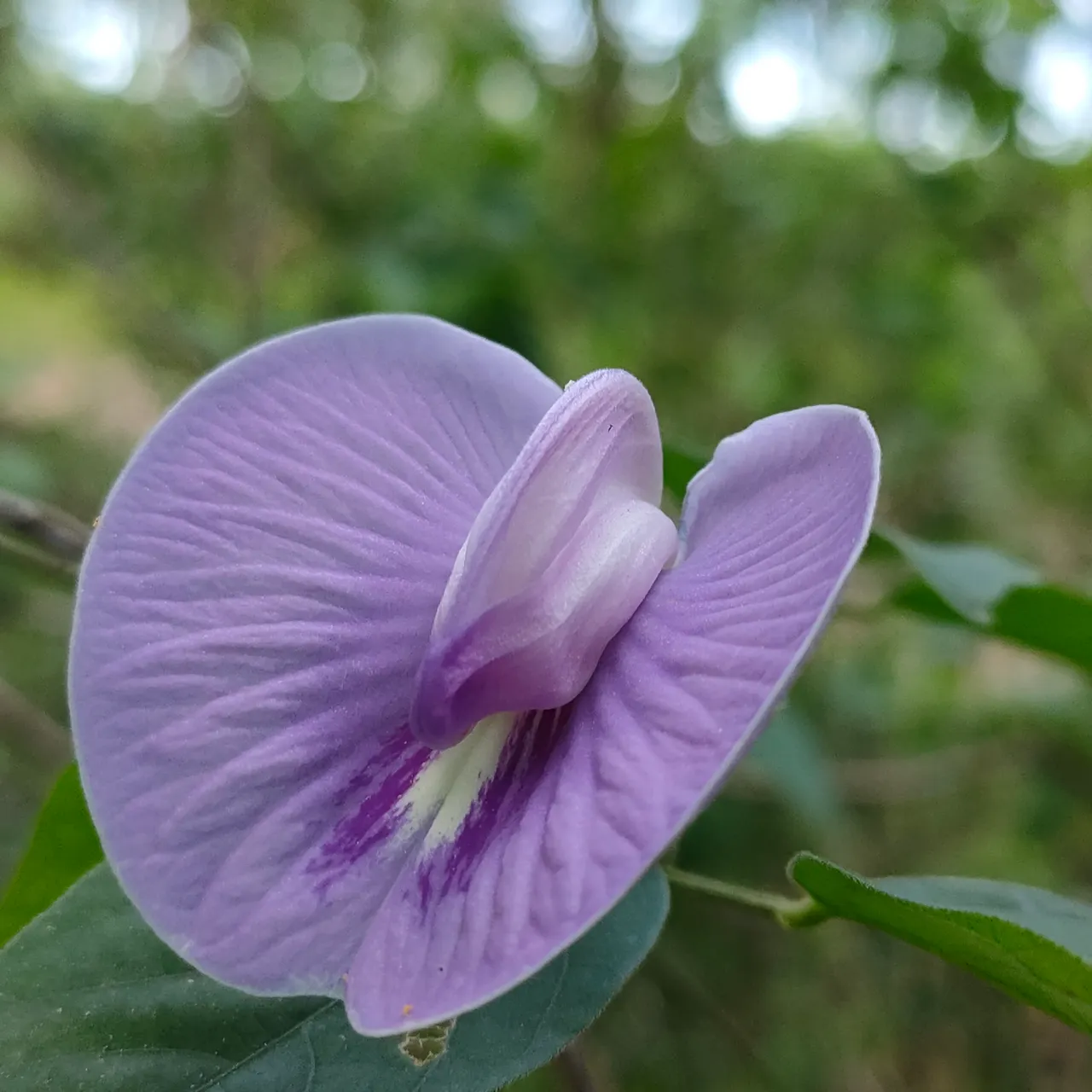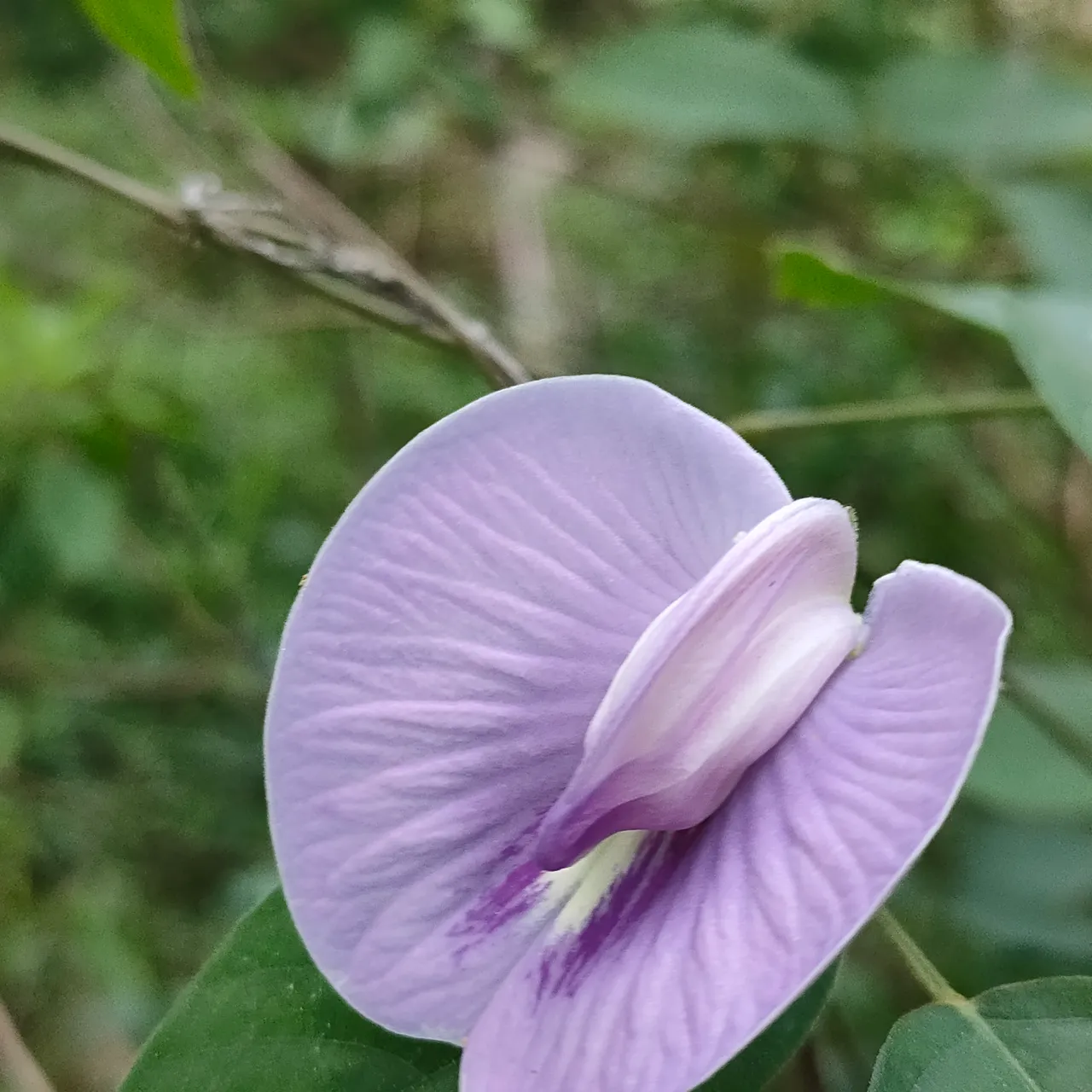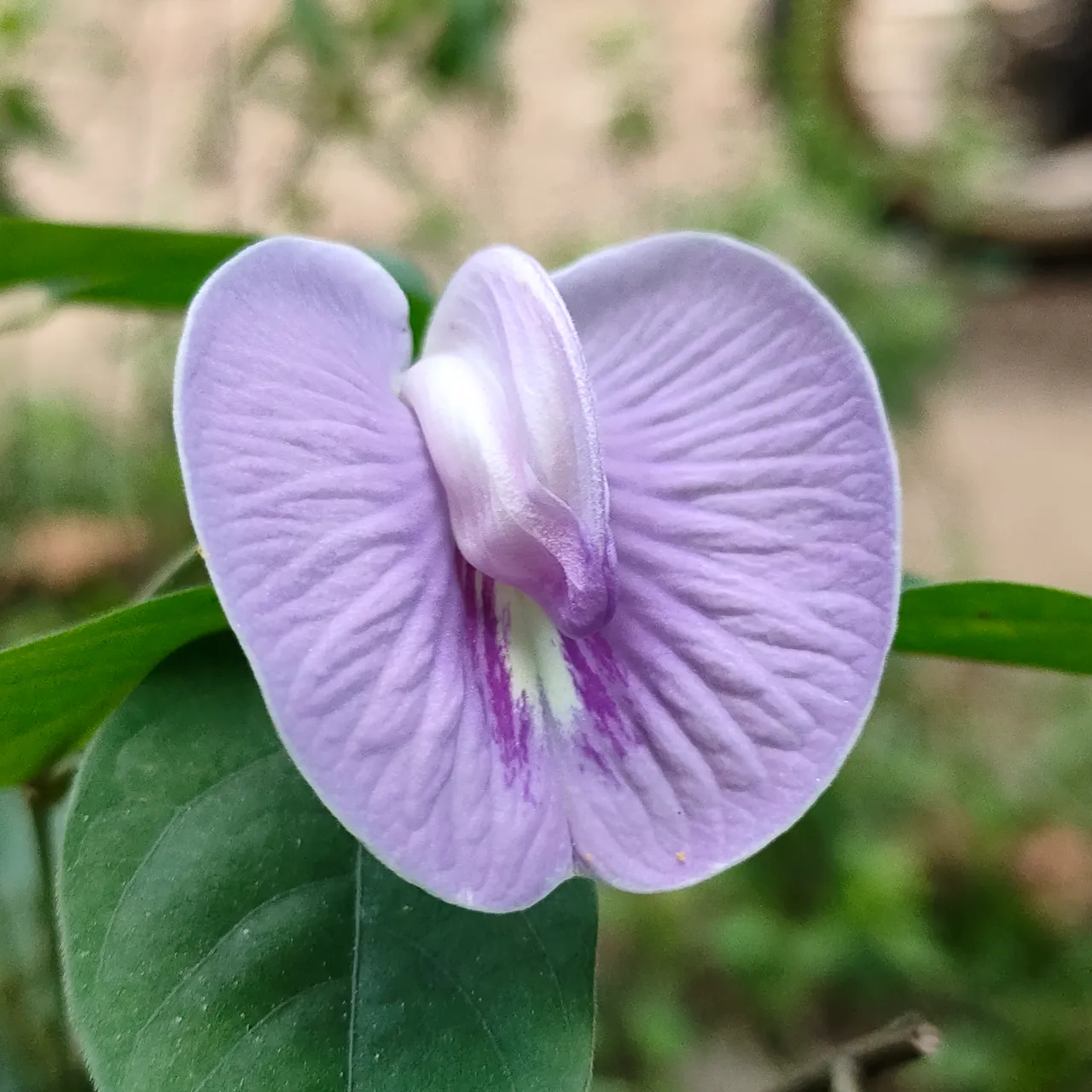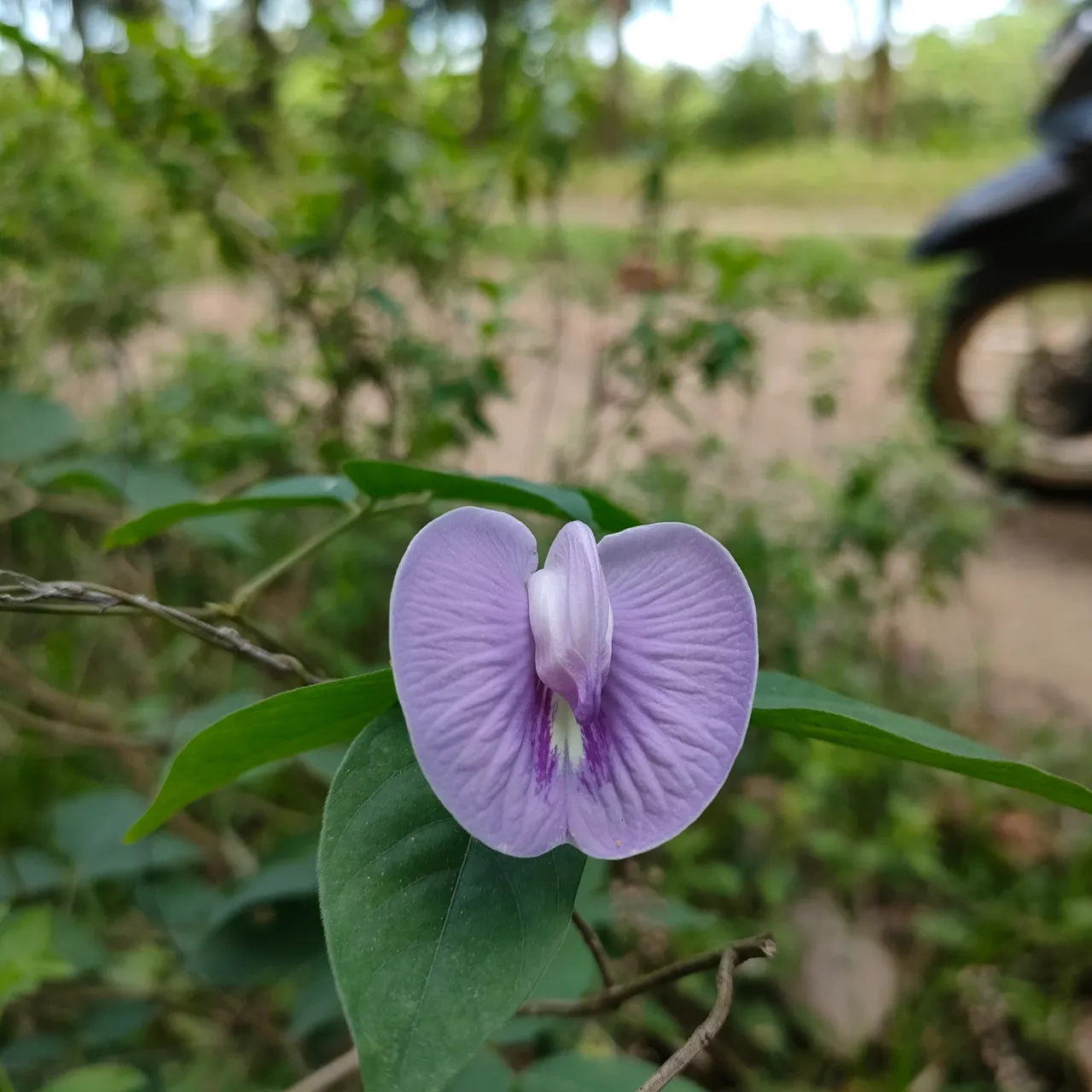 |
|---|
 |  |
|---|
This plant is native to Central and South America. This plant is one of the most widely distributed legume species in the humid tropics. Centrosema was introduced to Southeast Asia from tropical America in the 19th century or earlier. Now it has grown naturally in the lowlands of Java.
Since 1950, this plant has been grown as a fast-covering plant and for animal feed in Southeast Asia, the Pacific Islands, tropical Australia and in the humid tropics. These plants have been successful in protecting reclaimed soil from the effects of rain and runoff, and many produce biomass and are a source of organic fertilizers to aggregate soil and store air. This plant is one of the plants used to reclaim critical lands that were ex-volcanic eruptions at Mount Merapi, Central Java
 |
|---|
Centrosema virginiaum is widely used as a forage and protein source for grazing cattle from southern Mexico to Colombia. In the nineteenth century it was planted in Indonesia and the Malay Peninsula. It adapts well to tropical conditions and altitudes below 600 m above sea level.
Centrosema virginiaum is grown as a cover crop because it naturally suppresses weeds and is very drought tolerant. Centro cannot tolerate cold temperatures, but has very low soil and rainfall requirements. This plant is not suitable for human consumption but provides benefits through soil fertility and animal health.
This plant can be cultivated in areas with rainfall ranging from 1000 mm to 1750 mm per year. However, this plant has reasonable drought tolerance thanks to its deep root system, so it can absorb water from significant depths. Grows well in nutrient-poor soil. Centrosema virginiaum can be intercropped with grass, thereby increasing the protein from animal feed. The leaves can also be used as a cheap source of protein for broilers. It is a good source of calcium and potassium for animals.
 |
|---|
 |
This plant has a fairly high calcium content in its leaves, so the addition of calcium is important. Liming is a good way to increase soil pH and supply calcium to plants which will increase the calcium content of the leaves. C. pubescens is a tropical forage, so it requires very low phosphorus, but responds to phosphate fertilization. Leaves must be at least 0.16% phosphorus at flower formation. The ideal available P in soil for good yields is between 2–5 mg phosphorus per kg soil and 12.4 mg per kg soil potassium. C. pubescens is capable of producing up to 4950 kg per hectare of dry matter.
| Contact | Discord |
|---|